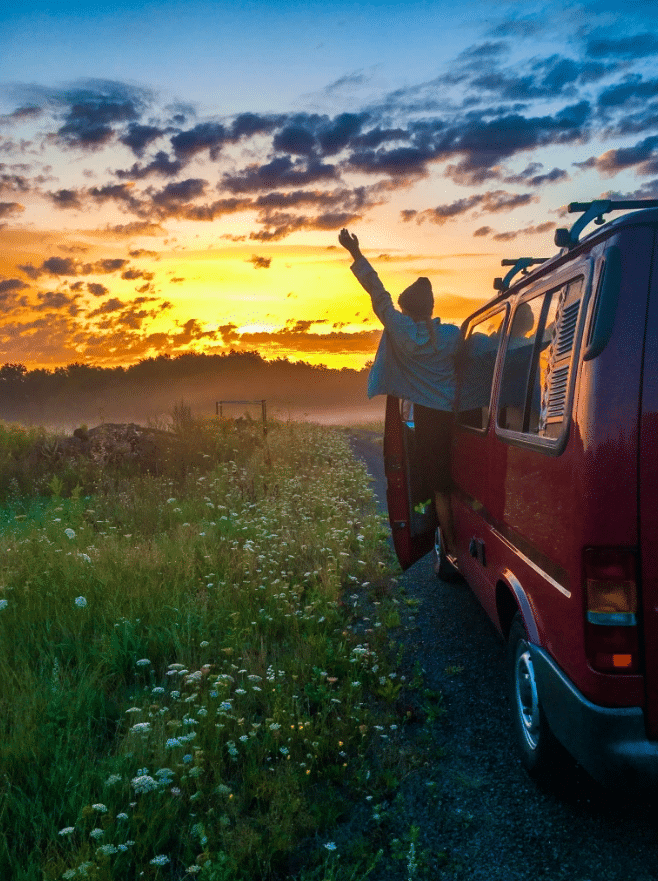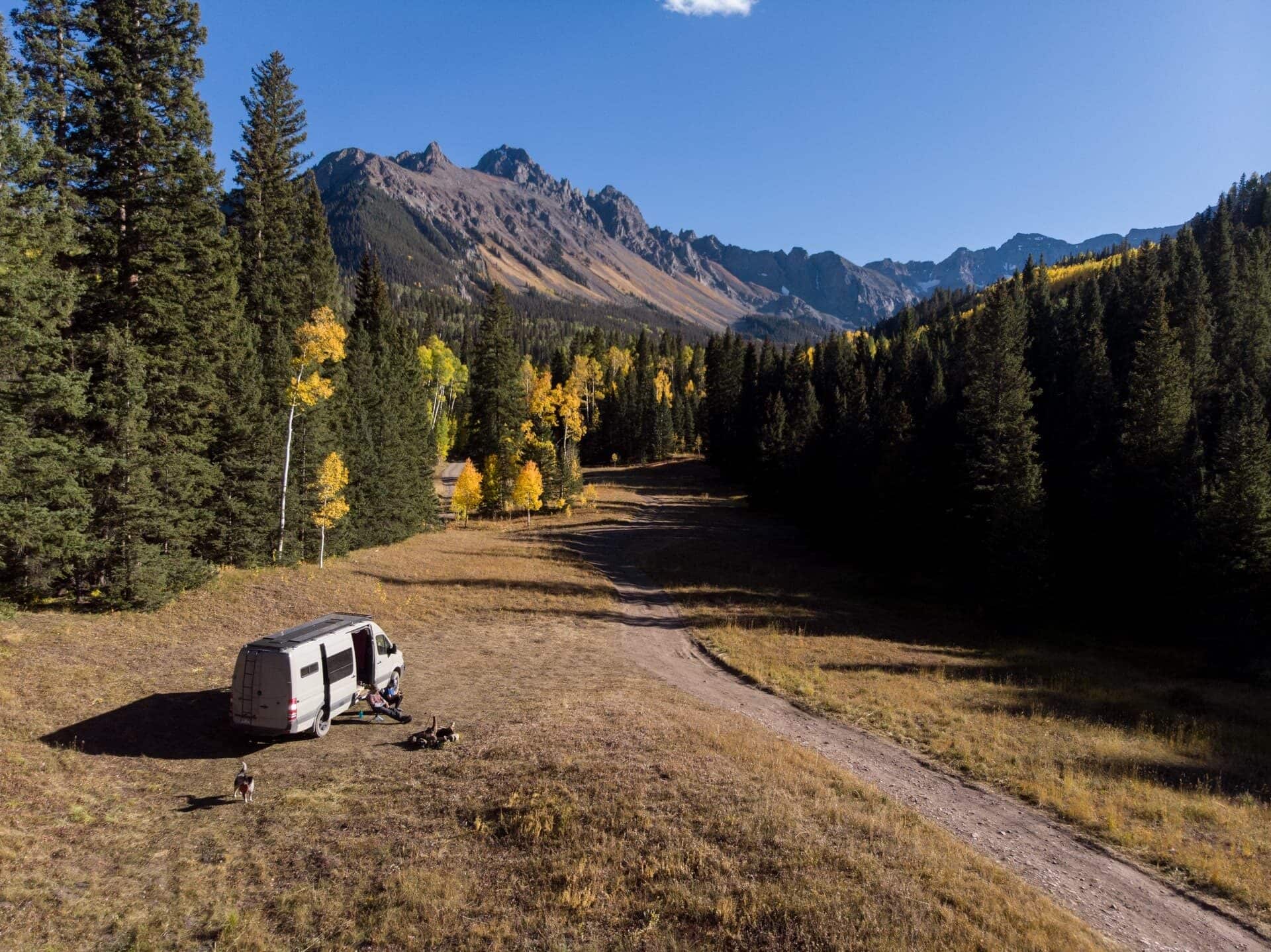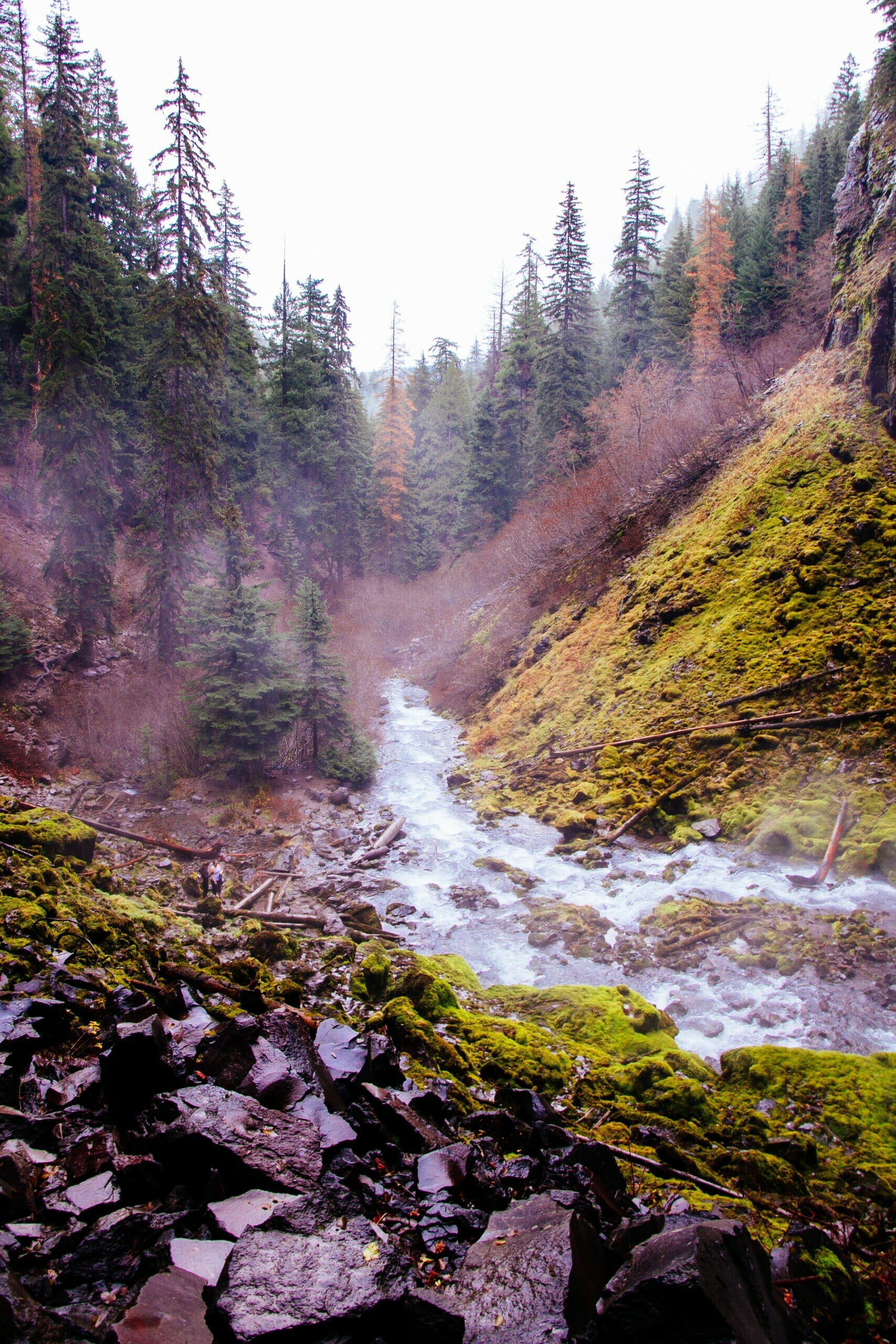where
to stay

CAMPING IN YOUR VEHICLE
So- you’ve decided to take the leap, or maybe you’ve already done so and are just adding to your knowledge. You have probably heard or maybe even experienced the difficulty of finding spots to sleep in the van.
Seasoned van dwellers already know about BLM land, truck stops and rest stops, but what else is there? Lets dive a little deeper into what our options are and what some of the rules of thumb are.
BLM AND NATIONAL FOREST
Car camping isn’t always allowed in BLM or National Forests. Dispersed locations were originally intended for tent camping, not for car or vehicle dwelling. It is the terminology used for sleeping outside of designated campgrounds. Either in or outside of National Forests or land owned by the Bureau of Land Management.
Rules for dispersed typically are 100 feet away from lakes and streams and 150 feet away from the roadway, making it difficult to find one in every location. You really have to think how do I get my vehicle
x amount of feet away from the road. This can all differ by what you are doing.
Plan to park your car and hike in? Then yes- it’s typically legal to camp within the rules of that particular national forest or BLM land.
If you are in an off road motorized vehicle and operating on the OHV roads, then also yes- you’re likely in a legal position to camp overnight.
Rules really do vary throughout each of the different forests, parks and BLM options.
Soon we’ll have a directory to each state! There you’ll be able to get ahold of someone who can give you the facts on the park you’re at, see the details and find some spectacular places you’d otherwise never know about!
Looking at maps of NF and BLM, you have to be sure to read the map and use the legend appropriately. Not all maps are clear. Some vanlifers will still attempt to use Google Earth to pinpoint a location to see if car camping is
allowed by verifying clearings on the map. Unfortunately, you can’t just pull off on the side of the road to camp. Dispersed sites are pretty easy to spot by their clearings. They wont be marked, but they look clearly different
from the rest of the scenery. If you’re unsure, your best bet is to call ranger stations in the area.
There are no amenities at dispersed sites, though sometimes you will get lucky with a fire ring or pit toilet. If there aren’t any fire rings, DON’T MAKE ONE. I’m sure you’re already well aware of Smokey Bear’s famous quote- “Only you can prevent forest fires.”

The Bureau of Land Management, or BLM, is wild. It encompasses a majority of the southwest United States. Incredibly vast, the BLM manages mind-boggling 42 states total. Much like the National Forests, this is protected public
land.
The Bureau of Land Management is a division of the U.S. Department of Interior that oversees more than 245 million acres of public lands – more land than any other government agency. The BLM’s responsibilities include managing
the 27 million-acre National Landscape Conservation System and managing about 700 million acres of underground minerals like oil, gas and coal.
BLM manages land in 11 states in the west. These states are mostly desert and is where you will find your dispersed vehicle camping. You’d be surprised to know BLM also manages land in the east- 31 states actually. They are mainly monuments or very small national archive destinations like historic home sites. Don’t be surprised to find forests and many outdoor activities like mountain biking and hiking available in these areas, though it’s roughly only 10,000 of the 245 million acres.
BLM-managed lands offer numerous opportunities for camping under the stars ranging from staying in an RV at a highly developed campground to simply throwing a sleeping bag on the ground in the backcountry. No matter what type
of experience you are looking for, you can find it on BLM-managed public lands.
https://www.blm.gov/
At many locations the BLM provides developed facilities for camping. Campgrounds may include a variety of facilities, such as restrooms, potable water, electrical hookups, picnic areas, garbage cans, tent pads and group shelters. However, many campgrounds do not have all of these amenities and may only have a picnic table and fire ring. Make sure to check the campground’s website or call the appropriate field office when planning your trip.
Permits, Fees and Limitations:
- Most BLM campgrounds require a fee to use a campground. These fees help maintain the facilities. Selecting a campsite is usually on a first come first serve basis. However, some campgrounds take reservations which can be made at r ecreation.gov. Please obey all posted rules specific to the campground and keep the following in mind.
- Fee sites vary in price. Please check the campground’s website or call the local field office for details.
- Camping stay limits vary by location but are generally about two weeks within a month period.
- Pay camp fee within 30 minutes of occupying a site.
- A campsite is rented ONLY once it has been paid in full with the pay-stub properly completed and displayed on site and the site is occupied by campers.
- Do not leave personal property unattended for more than 72 hours.
- Due to adverse weather, many campgrounds are only seasonally available. Make sure to check if the campground is open before planning your trip.
Camping on public lands away from developed recreation facilities is referred to as dispersed camping. Most of the remainder of public lands are open to dispersed camping, as long as it does not conflict with other authorized uses or in areas posted “closed to camping,” or in some way adversely affects wildlife species or natural resources.
Dispersed camping is generally allowed on public land for a period not to exceed 14 days within a 28 consecutive day period. Camping limitation rules vary per office, please check with your local office for details on camping limitations. In addition, campers must not leave any personal property unattended for more than 10 days (12 months in Alaska).
Dispersed campsites are located along most secondary roads and may not be marked. Popular locations can be recognized by the telltale flat disturbed area that has been used as a campsite before. Not all flat spots are sites. If possible, please use existing sites to avoid creating new disturbances. To further protect your public lands, campers must not dispose of any refuse, hazardous materials, sewage, or in any manner pollute the surrounding area. Leave No Trace .
States may have additional requirements or restrictions for dispersed camping.

In the United States, a national forest is a federally designated parcel of land that’s managed by the US Forest Service. The US Forest Service is a federal agency under the US Department of Agriculture that was established in 1905.
Congress created the US Forest Service to “provide quality water and timber for the nation’s benefit.” The motto of the US national forests is “land of many uses,” which hints at the fact that national forests aren’t just for outdoor recreation.
While national forests are home to some of the best hiking and recreation opportunities in the country, they’re also actively managed for logging, mining, and other resource extraction purposes.
This makes them different from national parks, which are managed by the US National Park Service under the US Department of the Interior. In fact, the role of the US National Park Service is to preserve “unimpaired the natural and cultural resources and values of the National Park System for the enjoyment, education, and inspiration of this and future generations.”
The US National Forest Service currently manages 155 national forests, 20 national grasslands, and 1 national tallgrass prairie. Combined, all of these forests and grasslands encompass approximately 193 million acres (78 million
hectares), which is about 8% of all the land in the US.
Be sure to pick up an annual park pass for only $80! If you’re doing some serious traveling, you’ll seriously save some money. Check it out
here!
https://www.fs.usda.gov/
Campgrounds in national forests are what many consider good old- fashioned camping. The least developed campgrounds offer the basic amenities like a campsite, maybe a picnic table and if you are lucky, vault toilets
-no electricity or water. These campsites may be free and more remote, and usually can not be reserved.
The more developed campgrounds will have picnic tables, grills, water and electric at the campsites, and bathhouses. A dump station to empty the black water tank of your camper may be available. Often a campground host is onsite too.
If you want playgrounds, swimming pools, and programs, national forest camping may not be for you. If a nice, rustic campsite in a beautiful setting sounds good, then national forest campgrounds may become a favorite.
Rules and regulations differ per campground.
Typically, dispersed camping is NOT allowed in the vicinity of developed recreation areas such as campgrounds, picnic areas, or trailheads. Many people drive out on Forest Service roads into the woods and find a clearing
or a spot near a stream or with a view of the mountains. Do not drive on meadows to access your camping site, drive on existing roads to prevent resource damage. Dispersed camping is allowed in a one-mile perimeter
away from campgrounds and 100 feet from any stream. To prevent resource damage please keep your campsite within 150 feet from a roadway.
Limitations:
- Groups of over 75 people who wish to use the forest, need to obtain a special use permit. There is no fee and permits can be obtained at the nearest District Office.
- You need to be self-contained. No amenities are provided; such as water, restrooms or trash cans.
- You may camp in a dispersed area for up to 16 days. After 16 days, you must move at least 5 road miles for camping in another dispersed area. Campers may not spend more than 16 days of any 30 day period at the same dispersed area.
- Please place your campsite at least 100 feet from any stream or other water source.
- Keep a Pack-In Pack-Out camp. Follow Leave No Trace guidelines.
- Contact the local Forest Service office to see if any restrictions, especially fire restrictions are in place.
- Be Bear Aware. There are bears on the National Forest, so camp accordingly.
what else is there?
So maybe you know all about BLM and National Forest, but you’re looking for some other options. What else is there? Believe it or not, there are TONS of other opportunities. You do have to be wary of the state laws, as they vary from state to state. Here we talk a little bit about options like trailheads, boat launches and even the dreaded city dwelling.
Using a trailhead for ONE over night stop is usually acceptable. Chose wisely for this spot to avoid the knock. It is recommended to avoid choosing one with a very short loop or one close to or within a city as these generally dont allow for overnight parking. The authorities aren’t always hip to sunrise hikes.
Do not park at one in a National Park. There is usually an available one outside of the park itself.
Choose a trailhead that is a little bit of a distance from civilization with a longer hike. You may even wake up the next morning and opt to take the trail for a nice stroll.

Using a public boat launch is perfectly acceptable as long as there as no signs against overnight parking. It is common for fisherman to fish in the middle of the night or to get a very early start. For larger bodies of water,
boarding a boat for a few days and leaving their vehicle is very common. Choose accordingly though- parking at smaller lakes or ponds could be risky. Don’t stay at a launch in a city unless its boarding an ocean.

City dwelling is not for the faint of heart. It takes a particular set of rules to follow to be in a safe spot and not get the knock. The list of rules spoken out load sound creepy AF, but I guess to lurk in a spot and not be noticed is almost equally as creepy. Best advice is; no parks, no schools, no really nice neighborhoods and rough looking neighborhoods. If your van says stealth on it, sorry, but you’re not very stealth.
Try to find a nice quiet street and roll in later in the evening. Don’t roll out your awning and set out your chairs, just pull in to go to sleep and leave early in the morning. This isnt a surefire way to avoid the knock, but if you’re desperate, you’re desperate.
If you need additional advice,
get in contact with Dave!
Safe travels!

stay tuned for a map with spots researched and tested
We know what you need! We are working hard to create a map with locations we know will be a comfortable hub.
Something incredible is about to happen!


